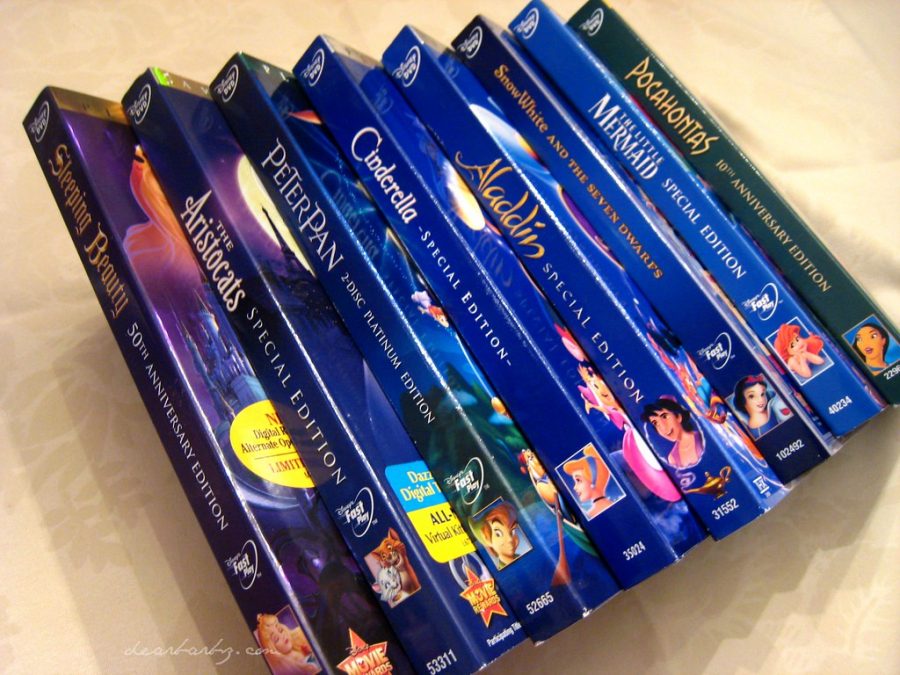Opinion: Disney Attempts to Right their Wrongs with Live Action Remakes
Disney has been using their new live action films as an opportunity to redeem the mistakes they made in the animated originals.
American history is messy, to say the least, and Disney is, as many people put it, a “product of their time”. Because many animated Disney classics were released during the era in which American culture was stained by racism, sexism, homophobia, and the like, many of their animated movies had problematic plot points or characters hiding beneath the surface. Thanks to their new barrage of live-action remakes, however, Disney is getting a second chance to redeem many of the mistakes they made in the originals.
First and foremost, they cut many characters completely. For example, “Jim Crow” and his gang of crows were problematic characters in the 1941 animated film, “Dumbo”. Jim Crow (along with the others) was clearly a stereotype of African-American culture, from his name to his look to his dialect, and his presence in the film made many viewers uncomfortable. The new “Dumbo”, directed by Tim Burton, cuts out these characters completely, although the Disney+ release of the original still contains them with a disclaimer in the description of the movie.
Although blatant racism is possibly the most glaring issue with older Disney movies, female characters were often shoved under the rug when it came to character development, goals, and ambition. Many of the classic Disney princesses had one goal and one goal alone: find a man. Female characters, villains and protagonists alike, were often extremely one-dimensional, with their sole trait being either their beauty or their desire to gain it.
In the 2019 live-action “Aladdin,” Disney seeks to partially amend this by giving Princess Jasmine a desire other than to marry for love. In the remake, Jasmine wishes to one day become the sultan of Agrabah, hindered only by the laws regarding female sultans. This clear goal has nothing to do with her relationship to Aladdin, giving her an independent character arc. It also introduces the idea that a woman can hold a position of power, an idea which is practically absent in the older movies whose power-holding women are nearly always portrayed as villains.
Lastly, there’s the issue of diversity within the movies. Disney has improved throughout the years, introducing non-white princesses such as Tiana, Mulan, and Jasmine, but many Disney movies have a distinct lack of representation.
In fact, there has still never been an openly-gay, major character in a Disney movie, even after the surge of remakes. The only example of LGBT representation in a Disney remake was LeFou in “Beauty and the Beast,” whose infatuation with Gaston was hinted at throughout the movie. However, the brief shot of LeFou dancing with another man at the end of the movie was unsatisfying. It felt like a loophole for Disney – they can boast about how progressive they are while still surreptitiously spreading the message that gay characters are unimportant and should be presented as an irrelevant sidebar. They have yet to fully embrace the LGBT community – here’s to hoping they’ll do so soon.
Although many of the original Disney movies were problematic, harmful, and blatantly bigoted, they should not be erased from our history. If we don’t learn about society’s past errors, we’ll never be able to improve upon them. Because of this, Disney’s live-action remakes represent the tentative start of the diverse and mostly-positive messages which will hopefully become more mainstream over the years. They aren’t denying their mistakes; instead, they’re working to move forward and make up for their shortcomings. Disney’s remakes certainly aren’t perfect, but I applaud them for working towards a more-inclusive future.


